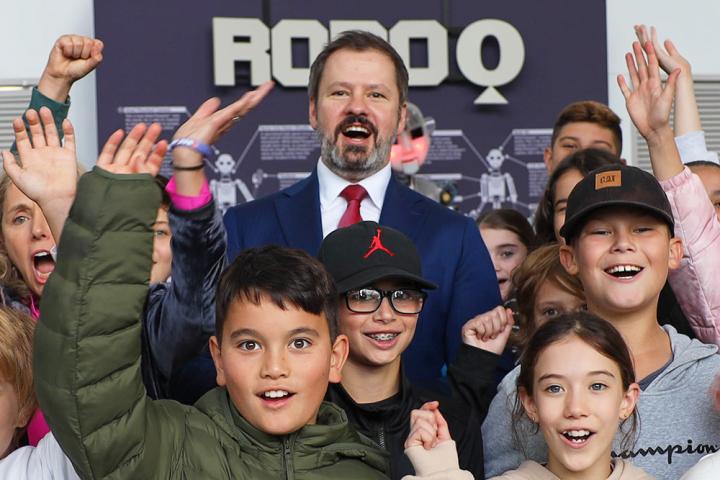
The inner secrets of crystals were revealed on Thursday 23 January in a special lecture to celebrate 2014 being the UN International Year of Crystallography.
Crystals are all around us from simple table salt to glittering diamonds, and inside our bones, teeth and other tissues. Studying the structure of crystalline materials—man-made or naturally-occurring— provides valuable information about their properties.
This technique, known as crystallography, is so vital to science that the United Nations has announced the International Year to raise its profile.
Although relatively unknown by the public, crystallography has led to some of the most important scientific discoveries of the past century. It has been used to determine the structure of DNA and other biologically important molecules such as insulin. Since 1914, it has underpinned scientific work earning 28 Nobel Prizes.
This year also marks a century since the technique was developed by father and son team, William Henry and William Lawrence Bragg, who undertook their early work in Australia.
The ‘Talking about Crystals’ event at Questacon commenced with an introduction by Mr Christopher Woodthorpe, Director of the UN Information Centre for Australia, New Zealand and the South Pacific. Mr Woodthorpe spoke about why the UN has chosen to recognise the importance of crystallography, highlighting how it underpins many technological developments in our modern society.
“Crystallography can contribute to solving many of the global challenges we currently face, including in food security, access to clean water and sanitation, sustainable energy solutions, human health and environmental pollution,” said Mr Woodthorpe.
Mr Woodthope also highlighted a number of ways people can get involved in the International Year of Crystallography, including world-wide photographic and crystal-growing competitions.
Questacon Director Professor Graham Durant then gave an informative talk featuring spectacular images of different types of naturally-occurring and man-made crystals and examples of modern materials that have crystalline structures, such as graphene.
Excited Particle Patrick Helean and Q Lab Coordinator Michael Bennett complemented Professor Durant’s talk with several surprising demonstrations where the audience could see crystals forming before their eyes.
This event attracted a large crowd, many of whom stayed back afterwards to get a close-up look at the crystals grown during the demonstrations.
Questacon will present regular events and activities to celebrate the International Year of Crystallography across the next 12 months.



